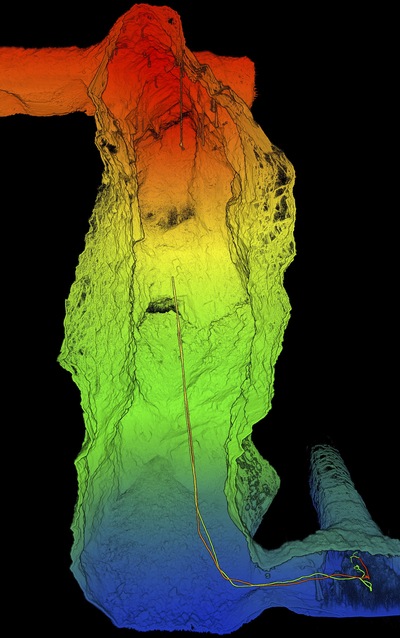Drone start-up raises $3.5m

Queensland-based Emesent, a drone autonomy spin-out from CSIRO, has raised $3.5 million in venture capital to commercialise its first product, Hovermap.
The technology automates the collection of valuable data in underground areas too dangerous or difficult for people to survey or navigate, such as stopes or ore passes in mines.
Drones installed with Hovermap can be deployed in GPS-denied environments without a human controller to create 3D maps, and record gas readings, videos and images.
The technology draws on a decade of research by CSIRO's Robotics and Autonomous Systems group into drone autonomy and 3D LiDAR-based simultaneous localisation and mapping (3D SLAM) techniques.
"Hovermap enables the mining industry to safely inspect inaccessible areas of underground mines, while improving the type and quality of data collected to unlock new insights," Dr Stefan Hrabar, co-founder and CEO of Emesent said.
"This includes comparing the stope design to the actual post-blast shape to detect over-break and under-break, identification of geotechnical structures and accurate post-blast volume reconciliations.
"The data we gather improves a mine's productivity and provides a better understanding of conditions underground, all without sending surveyors and miners into potentially hazardous areas."
A new program targeting the underground mining sector has been rolled out, providing early access to Emesent's mining-specific autonomy functions to selected participants.

Main Sequence Ventures, which manages the CSIRO Innovation Fund, led the funding round for the venture capital along with long-time Bechtel Mining Executive Andy Greig.
Mike Zimmerman, Partner at Main Sequence Ventures, said Emesent is in a position to take on the global mining industry.
"With a world-class technical team and unparalleled real-world flight experience, Emesent is poised to revolutionise the way data is gathered and used for the underground world.
Although there are a number of compelling use cases today, there are many more to be realised, and we fully expect to see this technology become a mainstay in mines around the world," Zimmerman said.
The real-world applications of this technology extend beyond mining and can be integrated into industries such as underground rail and road transport, telecommunications and disaster response.
"The investment will give us the opportunity to build out our team from seven to 25, and make Emesent a global leader in drone autonomy and automated underground data collection and analysis," Dr Hrabar said.
Contract labour in mining: do savings outweigh safety outcomes?
Australian researchers have analysed decades of research on contract labour in mining, arguing...
Psychosocial risk management: eight trends with tips
Psychosocial risk management has become a central pillar of workplace safety and organisational...
50 in 2024: Victoria's workplace fatalities figures
Transport, construction and agriculture were Victoria's deadliest sectors in 2024, with...










